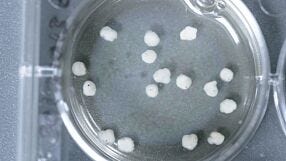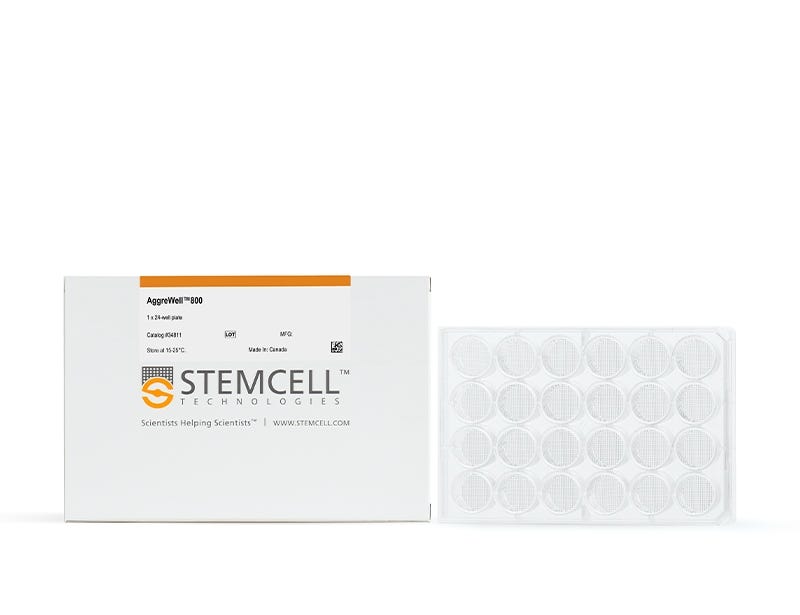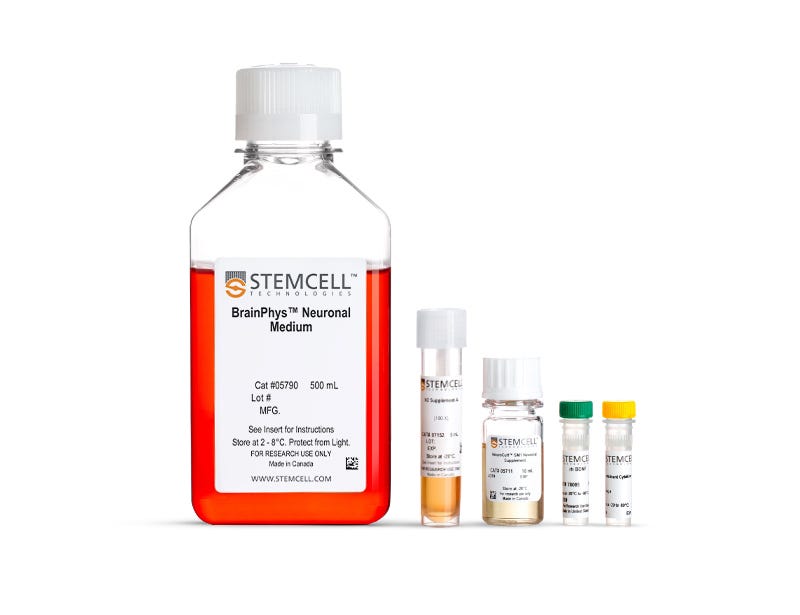Cerebral Organoids as 3D, Stem Cell-Derived Models of Tuberous Sclerosis Complex
In this webinar, Dr. Juergen Knoblich presents data from his preprint, "Cerebral organoid model reveals excessive proliferation of human caudal late interneuron progenitors in Tuberous Sclerosis Complex".
In this webinar, Dr. Juergen Knoblich presents data from his preprint, "Cerebral organoid model reveals excessive proliferation of human caudal late interneuron progenitors in Tuberous Sclerosis Complex".
0:00 Studying genetic loss-of-function in animal and human models
5:18 Features of mammalian cortical development
8:59 Features of the cerebral organoid 3D culture model system
13:26 Proof-of-principle: modeling congenital microcephaly using patient-derived organoids
16:19 Modeling Tuberous Sclerosis Complex using stem cell-derived cerebral organoids
Publish Date:
April 07, 2020
Request Pricing
Thank you for your interest in this product. Please provide us with your contact information and your local representative will contact you with a customized quote. Where appropriate, they can also assist you with a(n):
Estimated delivery time for your area
Product sample or exclusive offer
In-lab demonstration
By submitting this form, you are providing your consent to STEMCELL Technologies Canada Inc. and its subsidiaries and affiliates (“STEMCELL”) to collect and use your information, and send you newsletters and emails in accordance with our privacy policy. Please contact us with any questions that you may have. You can unsubscribe or change your email preferences at any time.








